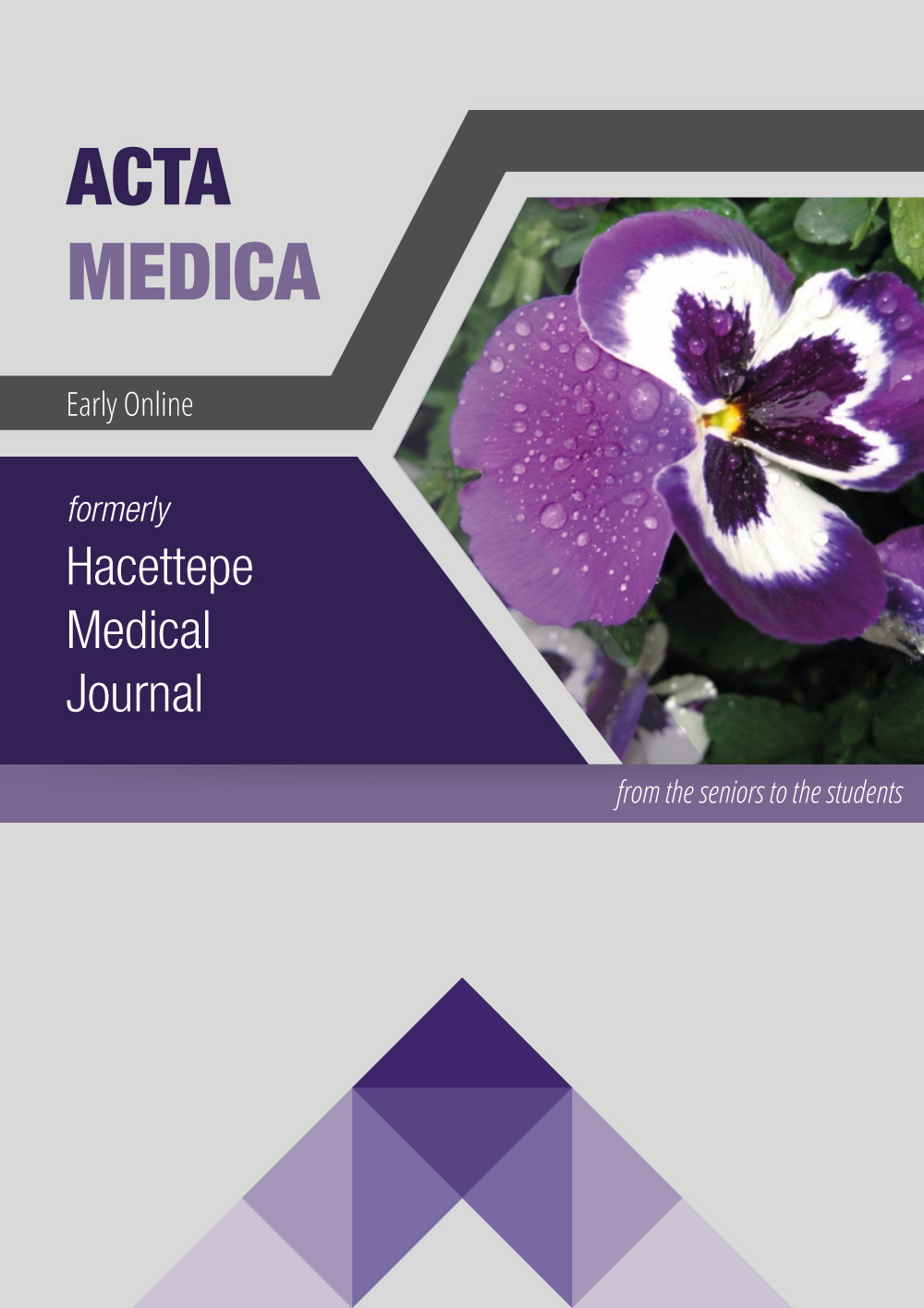
Acta Medica
Yazarlar: İlim Irmak, Silam Bas, Maide Gözde Inam, Fatih Tekin, Berkay Yesilyurt, Emre Bilgin, Levent Kilic, Omer Karadag, Lütfi Coplu
Konular:-
Anahtar Kelimeler: Antineutrophil cytoplasmic antibodies-associated vasculitis,Pulmonary involvement,Outcome,Clinical characteristics,Thorax computed tomography
Özet: Objective: The aim of the study is to describe the clinical characteristics of Antineutrophil cytoplasmic antibodies-associated vasculitis and to analyze the parameters affecting the outcome. Materials and Methods: The study is a retrospective cohort study. Totally 130 patients with Antineutrophil cytoplasmic antibodies-associated vasculitis (18 years and over) who were followed up between October 2014 and October 2019 were analyzed. Demographic data, laboratory values, clinical course, thorax computed tomography findings and treatment approaches were noted from the charts of patients. Patients were divided into two groups as those with pulmonary involvement and non-pulmonary involvement. Results: We retrospectively reviewed the medical records of 130 patients with Antineutrophil cytoplasmic antibodies-associated vasculitis; 111 with granulomatosis with polyangiitis, 15 with microscopic polyangiitis, 1 with eosinophilic granulomatosis with polyangiitis, and 3 with other types of vasculitis. The ratio of having the abnormality in thoracic computed tomography was 72.2%. There were 84 cases with pulmonary involvement and 46 cases with non-pulmonary involvement. The frequency of microscopic polyangiitis was significantly higher (p=0.034) in non-pulmonary involvement cases. There were 67 cases with proteinase 3 Antineutrophil cytoplasmic antibodies and 39 cases with myeloperoxidase Antineutrophil cytoplasmic antibodies positivity. Most of the cases with proteinase 3 Antineutrophil cytoplasmic antibodies positivity were classified as granulomatosis with polyangiitis, this was statistically significant. Recovery was referenced for the outcome. Any of the variables were found statistically significant effective on outcome. Conclusions: Cases with pulmonary involvement were more than the cases without pulmonary involvement in our study. microscopic polyangiitis was significantly higher in non- pulmonary involvement cases. We studied on a large group, and these significant findings may have important implications for the investigation, pathogenesis, and treatment of Antineutrophil cytoplasmic antibodies-associated vasculitis.